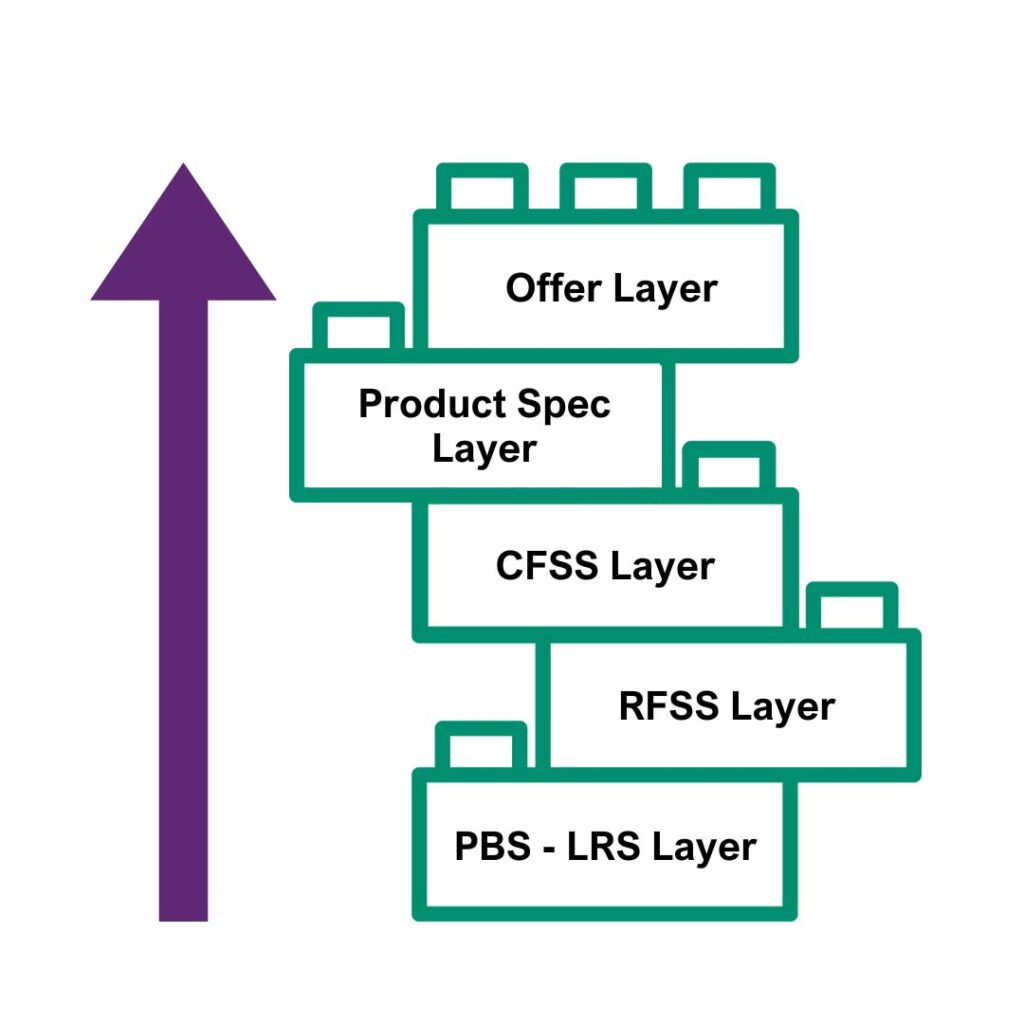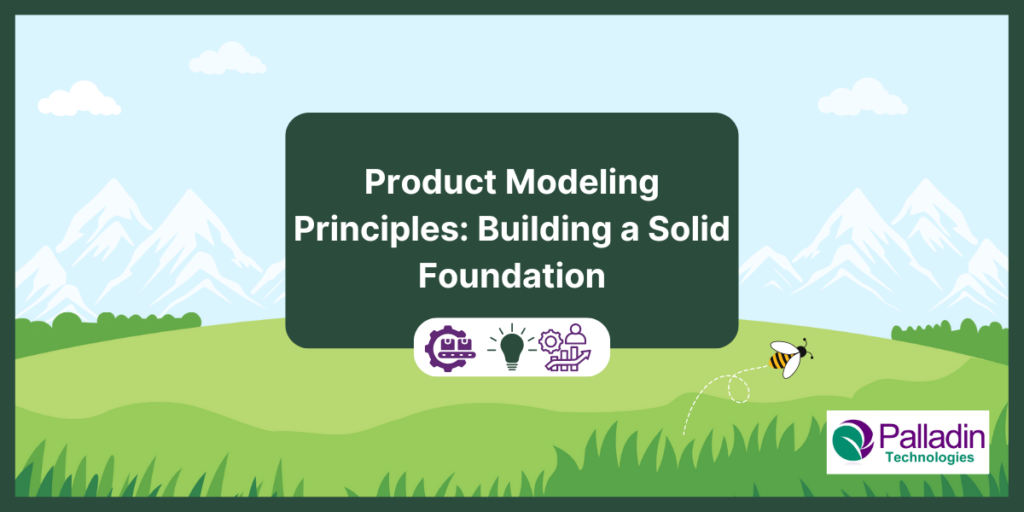Introduction:
Product modeling is the backbone of a successful product development strategy, but it can become a complex and challenging endeavor, especially when rework is involved. In this blog post, we’ll explore key principles and tips to avoid rework when undertaking product modeling. By adopting a thoughtful approach, you can build a solid foundation for your product catalog and enhance the overall customer experience.
Model the Product Using the “Building Bricks” Approach
Start from the Lowest Layer:
Initiating the product modeling process from the lowest layer, encompassing elements like provisioning and inventory, is akin to constructing a sturdy structure from the ground up. This bottom-up approach allows you to lay a foundation of reusable building blocks.
Factor in Downstream/External Systems:
As you build your product catalog, consider the needs of downstream and external systems. This proactive approach ensures that your product model seamlessly integrates with other systems, reducing the likelihood of rework when adjustments are needed for external dependencies.
Create Multiple Offers from a Product Specification
Factor for the Customer’s Buying Experience:
Tailor your product modeling to enhance the customer’s buying experience. By creating multiple offers from a single product specification, you provide customers with a range of choices, empowering them to select the offering that best suits their requirements.
Example: Internet Product:
Take the example of an internet product. Instead of creating a monolithic offering, such as “Internet,” diversify your catalog with options like “Internet 1 Gbps,” “Internet 500 Mbps,” and so on. This not only addresses different customer needs but also sets the stage for a dynamic and customizable customer experience.
Start with Commercial Product Modeling, Then Model the Billing Product
Sequencing is key in product modeling. Resist the urge to model the billing product before completing the commercial product. Ensure that your commercial product specifications are finalized and thoroughly tested before delving into billing. This prevents unnecessary rework and aligns your modeling process with the logical progression of product development.
Conclusion:
A Rational Approach Avoids Rework, Customer-Orientation Allows for Future Agility
In the intricate landscape of product modeling, these principles serve as guideposts to navigate the complexities and avoid the pitfalls of rework. The Lego build approach establishes a foundation of reusable building blocks, driving efficiency and scalability. Creating multiple offers from a product specification caters to diverse customer needs, fostering a more personalized buying experience. Lastly, the strategic sequencing of modeling activities ensures a smooth and logical progression, reducing the risk of rework.
By incorporating these tips into your product modeling practices, you not only minimize rework but also set the stage for a more agile, customer-centric, and efficient product development journey. Remember, a well-thought-out product model is not just a representation of your offerings; it’s a roadmap to success in the ever-evolving landscape of product development.

Learn More About Partnering With Us!
VP, Telecom and Software Engineering
Rahmos Thiao is the VP, Telecom and Software Engineering at Palladin Technologies. Prior to this role, he served as an Engagement Delivery Manager at Salesforce and a Senior Delivery Manager at Palladin Technologies. In these positions, Rahmos played a pivotal role in supporting the sales team during the sales cycle, leading architecture design, and discovering customer business needs to translate them into Salesforce-enabled solutions. Rahmos excels in developing client-specific implementation proposals, managing teams of solution architects, technical architects, developers, and UI architects, and orchestrating cross-team service solutions. He is adept at conducting executive-level communications, presentations, and problem-solving, as well as managing multiple strategic implementations and project deliveries simultaneously. Rahmos also acts as an advisor on complex issues and establishes close working relationships with partners, ensuring successful project outcomes. Additionally, he is skilled in drafting long-term digital transformation programs, including building multi-layer/year digital transformation strategies that focus on putting the customer at the center of the solution. This approach enables customers to self-serve, reduces operational expenses, and increases customer satisfaction.

